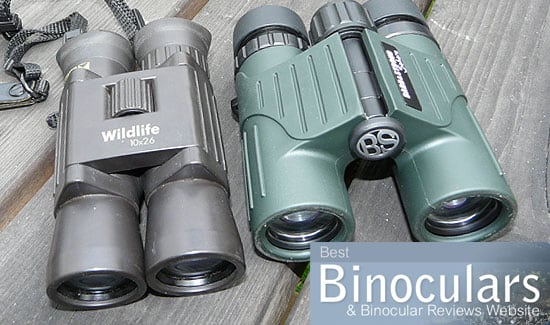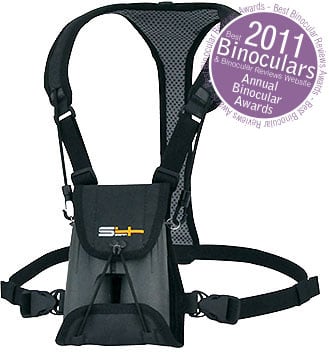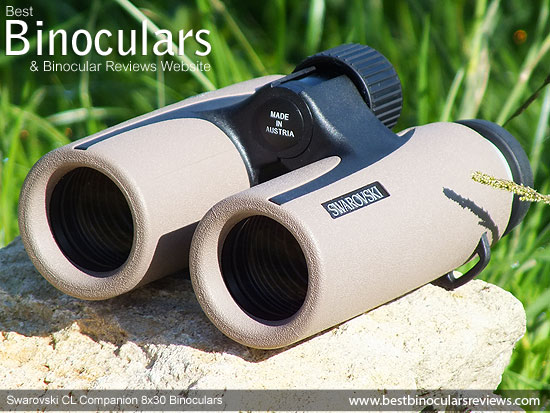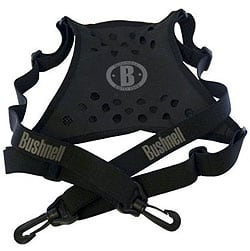Binoculars, Camera or both?
Note: I originally answered this question on a Birding forum which was divided up into a number of postings, so for clarity, I have paraphrased the actual question asked:
 Question:
Question:
I enjoy bird photography and use a large DSLR camera with a powerful telephoto lens, but there are times when my wife who uses binoculars see things that I can’t through the camera.
- So should I get my own set of binoculars?
- Can I go out and use both or should I decide what I am doing that day and use just one?
Hi there, well actually really enjoy bird photography myself and I spend a lot of time enjoying this hobby myself, especially when I am back in the bush in Southern Africa somewhere. But there are also times when it is enjoyable to just sit and watch rather than having to think about how to take the best photograph possible and just how to get closer to the bird without scaring it away etc.
When I go out birding, weather that be to take photos or just to enjoy them, I definitely have in mind what I am aiming to do:
Birding with Binoculars
If I plan to just enjoy watching birds without worrying about taking photos, I take my dedicated birding binoculars, which for me usually means an 8x42 configuration. This is because for general birding covering a wide range of locations and situations an 8x42 offers for me the ideal compromise between the FOV and power, as well as their ability to work well in poor light against their size and weight.
However if I am going bird watching at the coast or around a lake or any other places with lots of wide open space where I know I will be looking for and at larger birds at greater distances then I would probably take a 10x42.
Plus a camera…
Even though my intention is not to take any photos, I do still carry a camera, because you just never know what you may come across! But the camera I carry is a small and compact yet it still has a fairly high powered zoom, however it’s most important feature is that it easily fits into my pocket. This means that it is always there if needed, but otherwise it does not impact on my enjoyment of just watching birds in any way.
Birding Photography
If my plan is to go out and take photos of birds then the roles are almost reversed and I carry my serious camera including a large telephoto lens or lenses as well as a tripod and any other photo related gear that I may need.
Plus Binoculars…
As well as my camera gear, I also carry a pair of binoculars with me as they can actually help with the photography side of things:
- Binoculars can help with identifying a bird or birds when you are at a safe distance so as not to frighten them away, then if you see that they are what you want to photograph you can take the time to sneak up to them from the right direction so as to get the best possible photograph.
- On the flip side if you observe through the bins that the bird in question is not what you want to photograph either because you already have better ones of the same species or if it is partly hidden in a thick canopy and so wont make a great photo then you can just sit back and enjoy watching without wasting your time trying to stalk up to it.
Which Binoculars?
Over the years because of what I do, I have been lucky enough to have had the opportunity to experimented with a number of different types of binoculars and below are my favorite ways of getting around the problem of carrying binoculars and all your camera equipment:

Compact Bins
Whilst I was working as a safari guide (field guide), I would carry a good pair of compacts with me (something like an 8 or 10x28), usually with a duel hinge which allows them to fold down to a very compact size and thus would fit really easily into my pocket. Thus when not in use, they were completely out of the way and could not get tangled up in my other equipment.
Though I must mention that in this scenario, my main objective was on large mammals and not birds and so the main limiting factors of compact bins (narrower FOV and low light performance) with their very small objective lenses was not critical.
Full Sized Bins
 To ensure that you get the best optical performance it is always preferable to use the largest objective lenses as possible, the major disadvantage of this is larger lenses increase the size and weight of your device.
To ensure that you get the best optical performance it is always preferable to use the largest objective lenses as possible, the major disadvantage of this is larger lenses increase the size and weight of your device.
However an option that I have found which works very well is to use a good quality binocular harness and specifically a harness that keeps your binoculars securely strapped to your chest so that they do not flap about and are completely out of the way, but are quck and simple to access when you need them.
Of all the ones that I have tried, my current choice is the S4Gear LockDown Optics Deployment System which I have found to work far better than standard binocular suspenders.
This setup has the advantage in that because you are using your premier birding bins, you know you are getting the best view without any of the compacts compromises.
On the other side of the coin, whilst they are out of the way, you still have to bear the weight of of your larger binocular.
Sub-Mid-Sized bins!
As I do most of my bird photography in what is mostly the hot climate in Southern Africa, I only usually wear a shirt or a light jacket, neither of which have very big pockets. So even though standard mid-sized binoculars with objectives of around 32mm look like the ideal compromise between a compact and a full-sized bin, I have never found one that will fit in my pockets.
Until now…

I recently had the chance to use the Swarovski CL Companion 8x30, which, with it’s 30mm objectives and sleek design is a fair bit smaller than most normal mid-sized optics and so it now does fit into my lighter jacket pocket making it a viable solution.
With this sub-mid sized option you get all the benefits of a really small lightweight bin, but one that easily outperforms any compact that I have ever used. Yet is not totally outclassed by many mid ranged full sized 42mm bins.
However for this option to work, I do think that you need to choose a high end 30mm binocular that uses very high quality galss and coatings to ensure that you are getting the best performance possible.
I am actually going on a wildlife and birding trip in Zimbabwe in a month or so and will be taking the CL Companion with me – I will follow up on this post and let you know just how I get on with them in exactly this scenario as I plan on spending a lot of time taking wildlife & bird photos whilst I am out there.
I hope that this has helped and at-least some of it was worth reading and if you have any further questions please feel free to ask:
 Do you have an question for me?
Do you have an question for me?
If you would like to know more about a particular binocular or can’t decide between two that I have reviewed. Or perhaps you want to know more about a specific feature or optical term? If I have not covered it already on BBReviews, I would love do my best to answer the question for you: Ask Me Here

 Article | Posted by Best Binocular Reviews
Article | Posted by Best Binocular Reviews 
 Categories:
Categories:  Tags:
Tags: 

